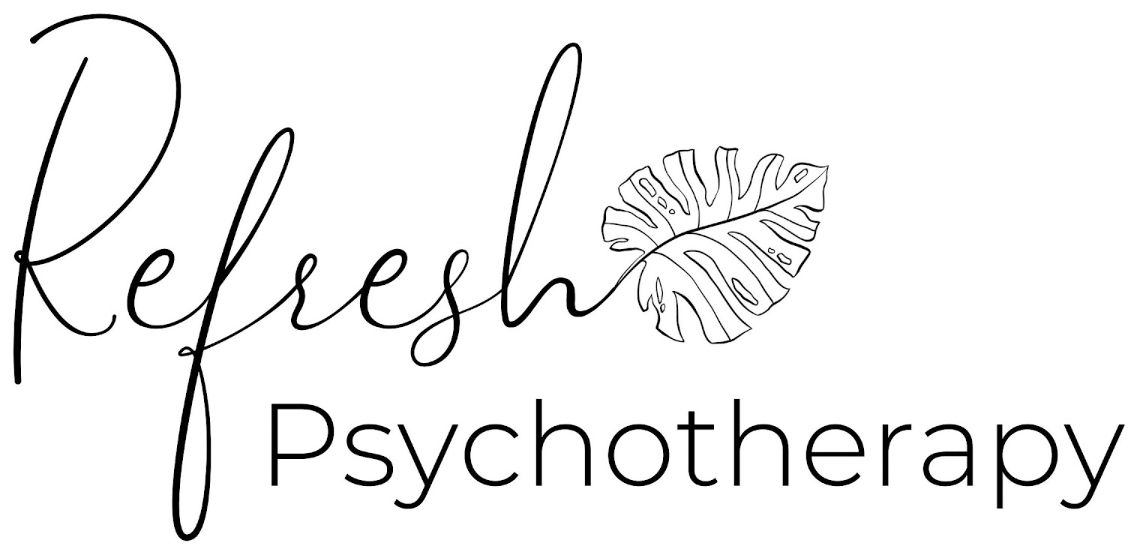
Quiet Quitting or Quiet Burnout?: Self-Test to Tell Fatigue from Meaning Loss and First Steps Toward Re-Engagement
In the post-pandemic workplace, terms like quiet quitting and burnout have become part of everyday conversation. But are they the same thing? And how do you know whether you’re setting boundaries—or losing your sense of purpose? This article offers a self-assessment for burnout and explores how to differentiate healthy work-life balance from signs of emotional exhaustion. Learn how to spot the early warning signs of burnout, recognize whether you’re quietly quitting or quietly burning out, and take the first steps toward re-engagement at work.
What Is Quiet Quitting vs. Quiet Burnout?
Quiet quitting describes doing only what your job requires—no unpaid overtime, no extra projects, and no “going above and beyond.” It’s often framed as a form of workplace boundary-setting. But what if you’re not just pulling back on purpose—but because you can’t bring yourself to care anymore? That may be quiet burnout. Burnout isn’t always dramatic. It can look like emotional withdrawal, apathy, procrastination, and chronic exhaustion. Unlike quiet quitting, burnout isn’t a decision—it’s a symptom of a deeper issue.
Self-Test: Are You Burned Out or Just Setting Boundaries?
If you’re unsure whether you’re protecting your energy or slipping into burnout, use this burnout self-assessment to reflect:
- I only respond to essential messages and emails.
- I feel disconnected from the impact of my work.
- I imagine quitting without a plan—frequently.
- I wake up tired, even after a full night’s sleep.
- I avoid going beyond the basics in my tasks.
- I’ve lost the sense of purpose I once had.
- I feel emotionally numb or irritable most workdays.
- I dread meetings, even informal ones.
- I don’t contribute new ideas anymore.
- Working less hasn’t improved my energy.
If you checked four or more, you may be experiencing low-grade burnout—not just quiet quitting.
Understanding the Signs of Workplace Burnout
Psychologist Christina Maslach defines burnout as a combination of emotional exhaustion, depersonalization, and reduced personal efficacy (Maslach & Jackson, 1981). It’s not only about long hours. Even a manageable workload can lead to burnout if the environment lacks psychological safety, recognition, or meaning. Burnout differs from fatigue. Fatigue can be fixed with rest. Burnout requires a deeper re-evaluation of your values, motivations, and work environment (Maslach & Leiter, 2016). If your job no longer aligns with your identity or sense of purpose, disengagement may follow—not because you’re lazy or entitled, but because meaning loss at work leads to emotional depletion (Keller et al., 2019).
Why Meaning Matters in the Workplace
Research shows that a strong sense of purpose in life and work improves psychological resilience and even physical health outcomes (Ryff & Singer, 2008; Kim et al., 2014). When your role no longer offers learning, growth, or alignment with your values, burnout can become chronic and self-perpetuating. Job satisfaction doesn’t just come from perks or pay—it depends on how connected you feel to the why behind your work. If that connection disappears, so does your motivation.
How to Recover from Burnout and Reignite Meaning
If you’re feeling the signs of quiet burnout, here are the first steps to re-engagement:
- Identify What’s Missing
Burnout often arises from a mismatch between your job demands and what you need to thrive: autonomy, creativity, connection, recognition, or purpose. - Monitor Energy, Not Just Time
Keep an energy log instead of a time log. Track which tasks fuel you and which drain you. This helps clarify what to adjust or delegate. - Reconnect with Micro-Moments of Meaning
Even in a job you’ve grown disillusioned with, you can still find small sparks of purpose—helping a colleague, mentoring someone, or completing a meaningful task. - Talk to Someone
Burnout thrives in silence. Speak with a therapist, manager, or trusted mentor. Burnout recovery often begins with simply acknowledging it. - Evaluate the Role vs. the System
Sometimes the issue is your specific position. Other times, it’s the entire work environment. If values conflict, consider whether a different role or career pivot is needed for long-term wellness.
Final Thoughts on Burnout vs. Boundary-Setting
The modern workplace makes it easy to confuse burnout with boundary-setting. But the difference matters. While quiet quitting can be a healthy way to protect your energy and mental health, quiet burnout requires active intervention. If you’re feeling detached, numb, or disillusioned by work, take it seriously. Burnout isn’t a personal failure—it’s a signal. And the good news is that it can be treated, especially when caught early. Use the self-assessment in this post to begin that reflection, and take the next steps toward burnout recovery, workplace wellness, and a more meaningful connection to your work.
Feeling burnt out? Make an appointment with one of Refresh’s talented therapists at:
Written by: Keeley Teemsma, LCSW, MA
Works Cited
Grant, A. M. (2008). The significance of task significance: Job performance effects, relational mechanisms, and boundary conditions. Journal of Applied Psychology, 93(1), 108–124.
Keller, A. C., Meier, L. L., Elfering, A., & Semmer, N. K. (2019). Please don’t interrupt me! Examining the effects of self‐control demands on emotional exhaustion and job performance. Journal of Occupational Health Psychology, 24(4), 513–526.
Kim, E. S., Sun, J. K., Park, N., & Peterson, C. (2014). Purpose in life and reduced incidence of stroke in older adults: ‘The Health and Retirement Study.’ Journal of Psychosomatic Research, 74(5), 427–432.
Maslach, C., & Jackson, S. E. (1981). The measurement of experienced burnout. Journal of Organizational Behavior, 2(2), 99–113.
Maslach, C., & Leiter, M. P. (2016). Understanding the burnout experience: Recent research and its implications for psychiatry. World Psychiatry, 15(2), 103–111.
Pines, A., & Aronson, E. (1988). Career burnout: Causes and cures. Free Press.
Ryff, C. D., & Singer, B. (2008). Know thyself and become what you are: A eudaimonic approach to psychological well-being. Journal of Happiness Studies, 9(1), 13–39.
